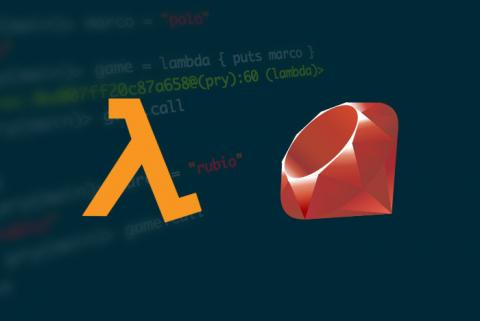How to Use Lambdas in Ruby
Lambdas are a powerful feature of the Ruby language. They allow you to wrap logic and data into a portable package. In this post, we’ll cover how and when to use lambdas. You'll also learn about the difference between lambdas and Procs, and the performance profile of lambda functions. The code examples have been tested with 2.6 and 2.7 and should work with most modern Rubys.






